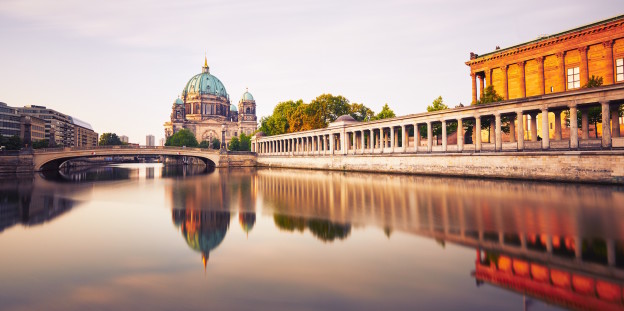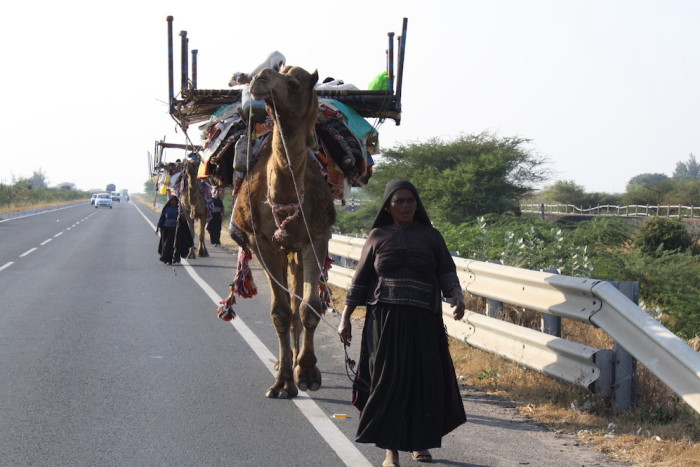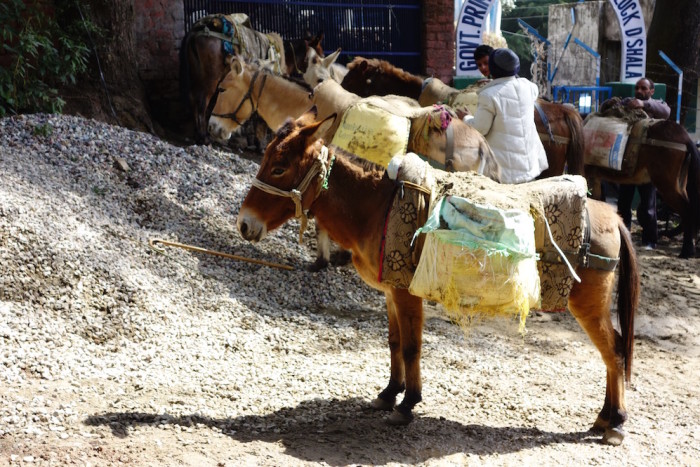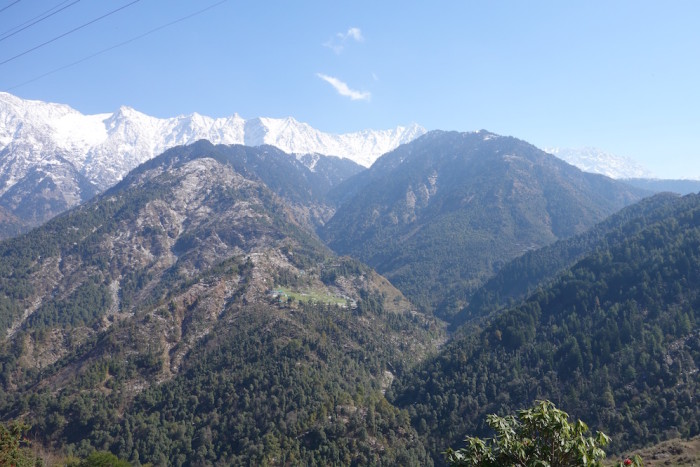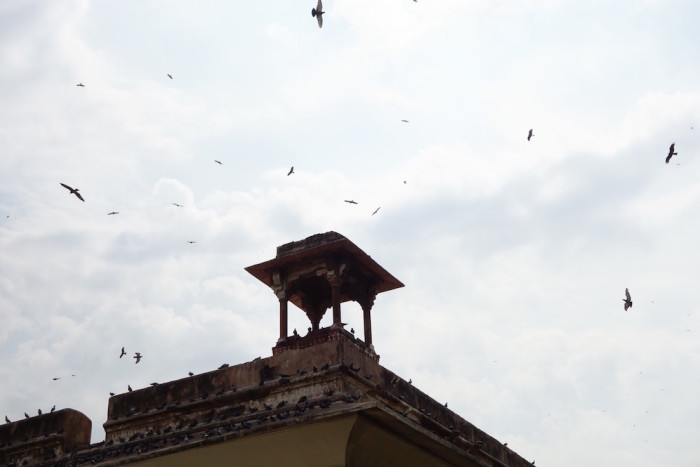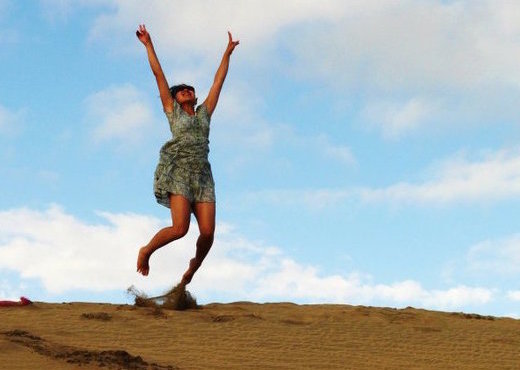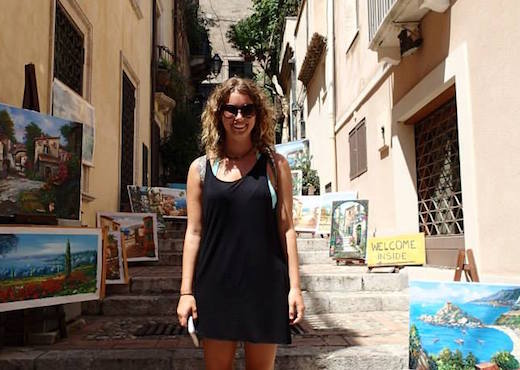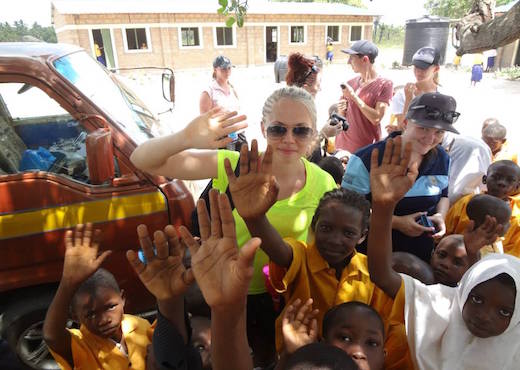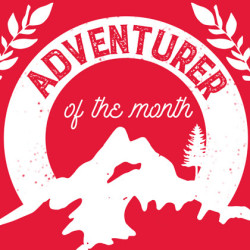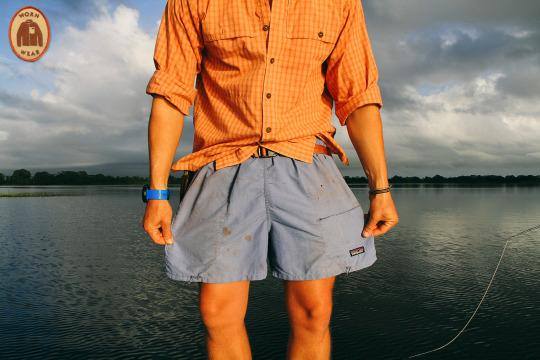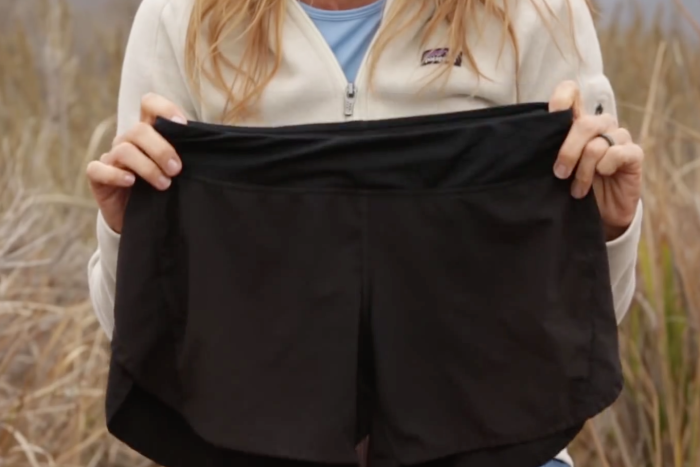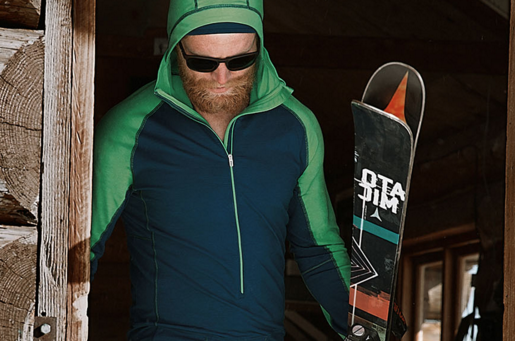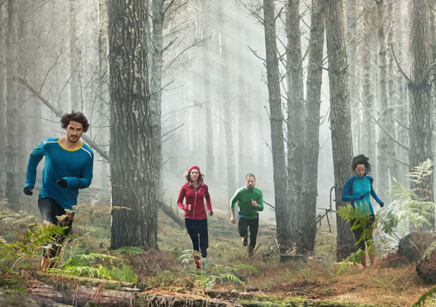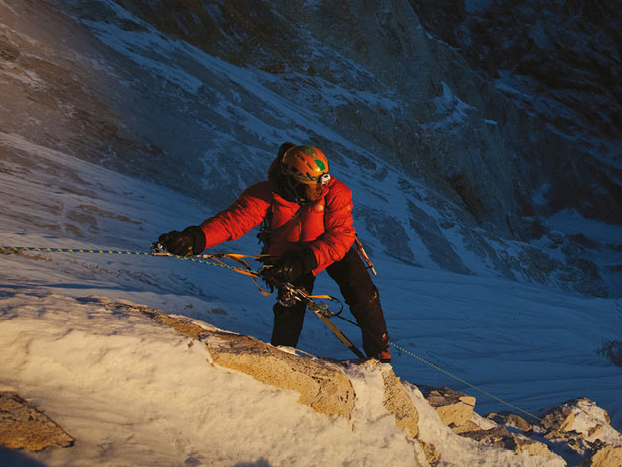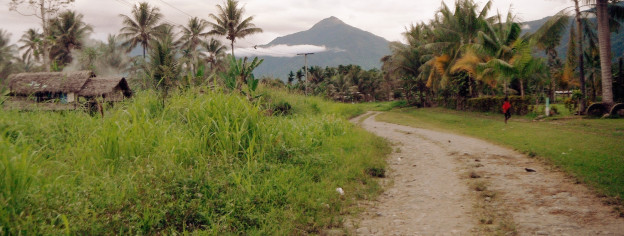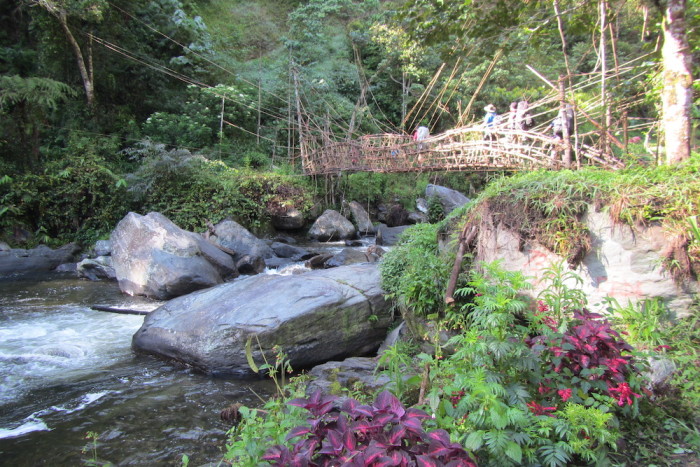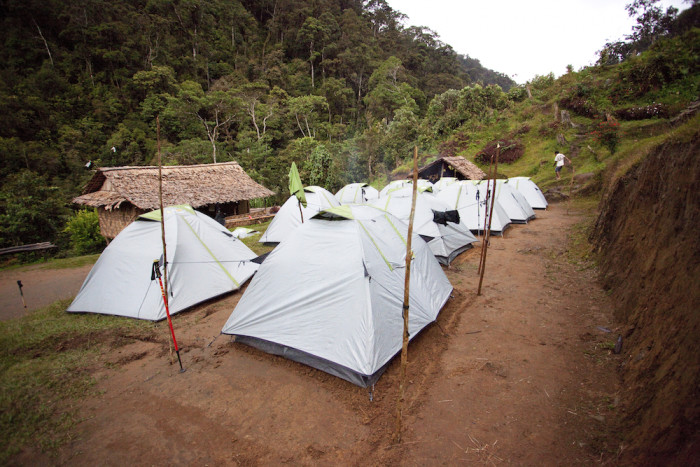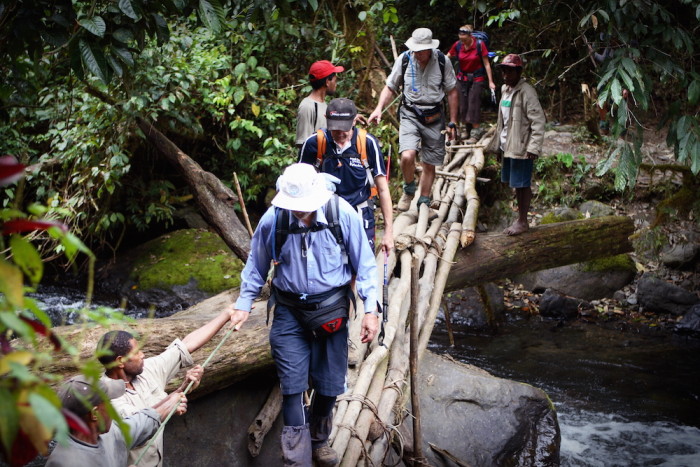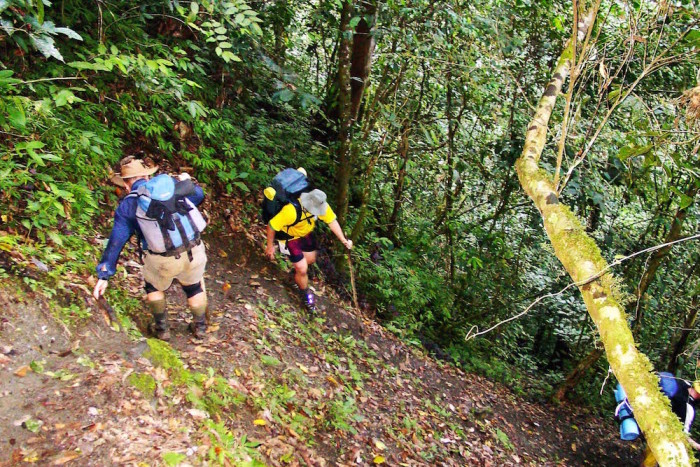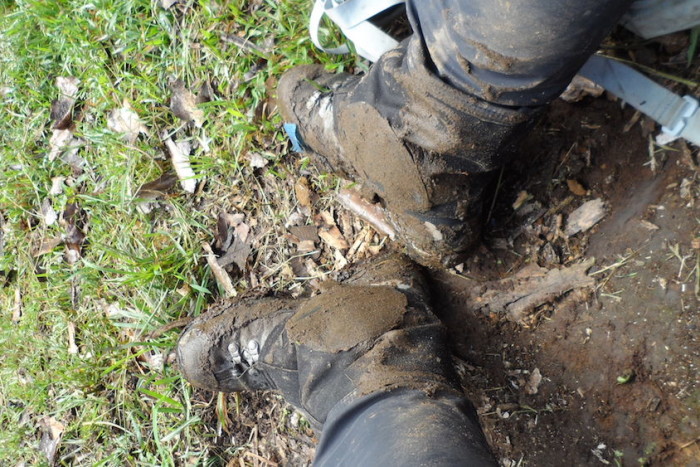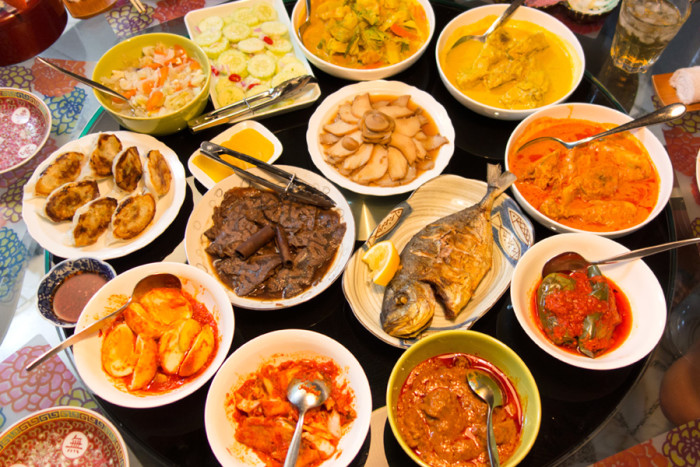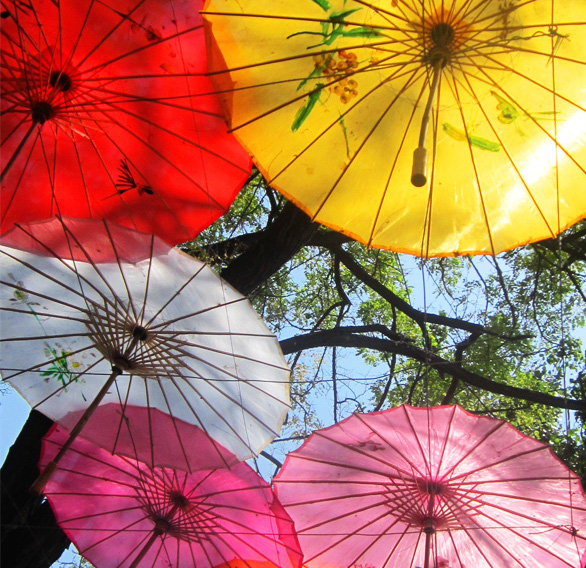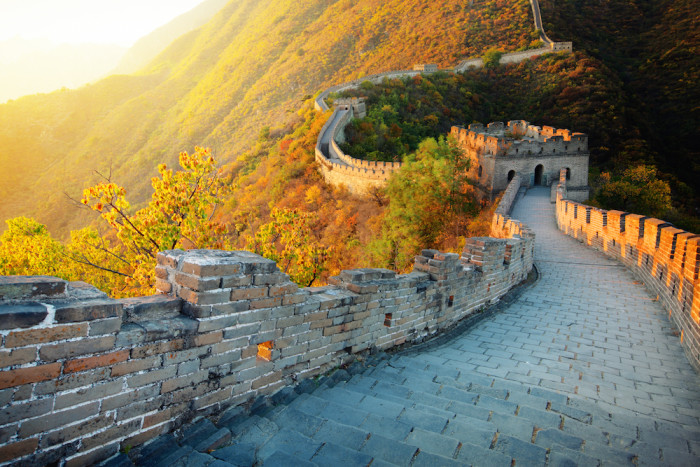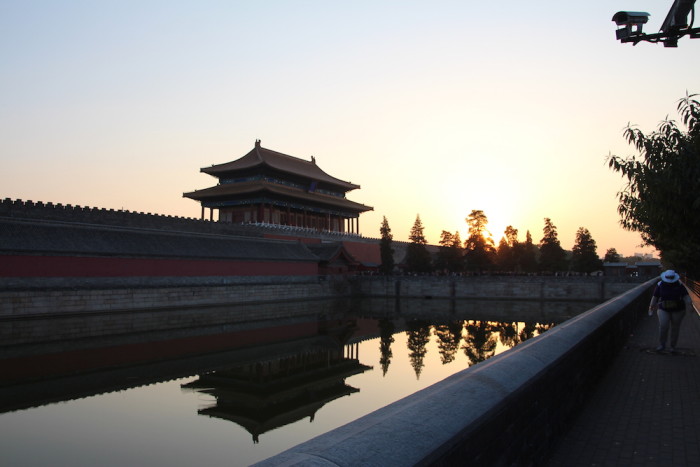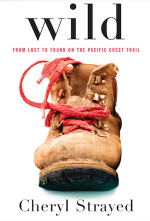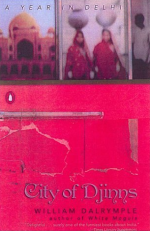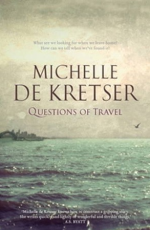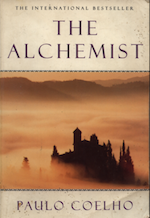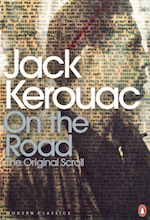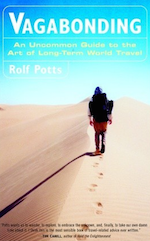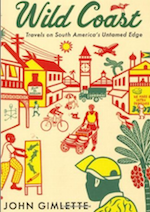- January Otford to Figure of Eight Pools
- February Gordon to Roseville Station
- March Taronga to Balmoral
- April Wahroonga to Mt Kuring-gai
- May Bundeena to Little Marley Beach

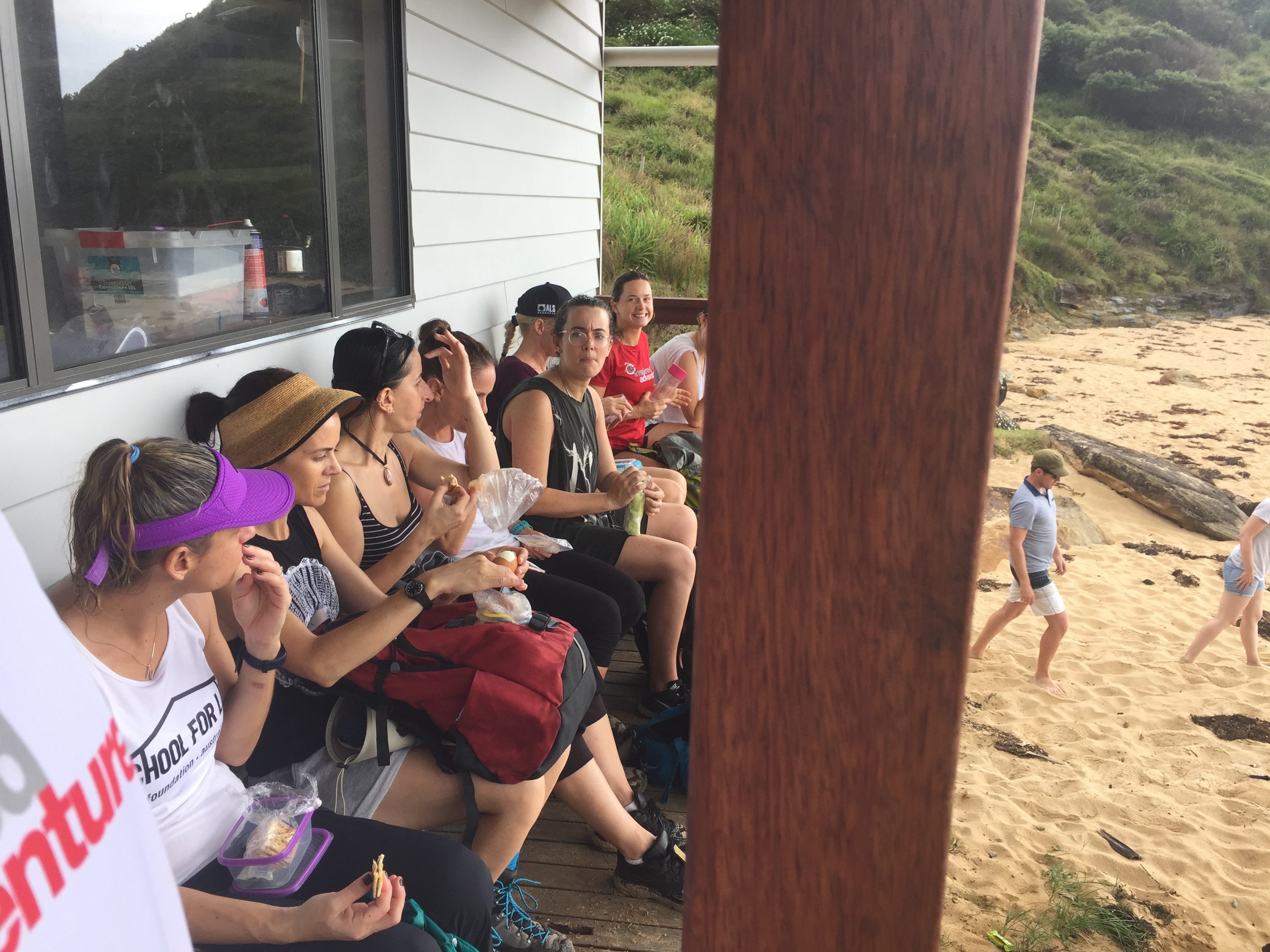

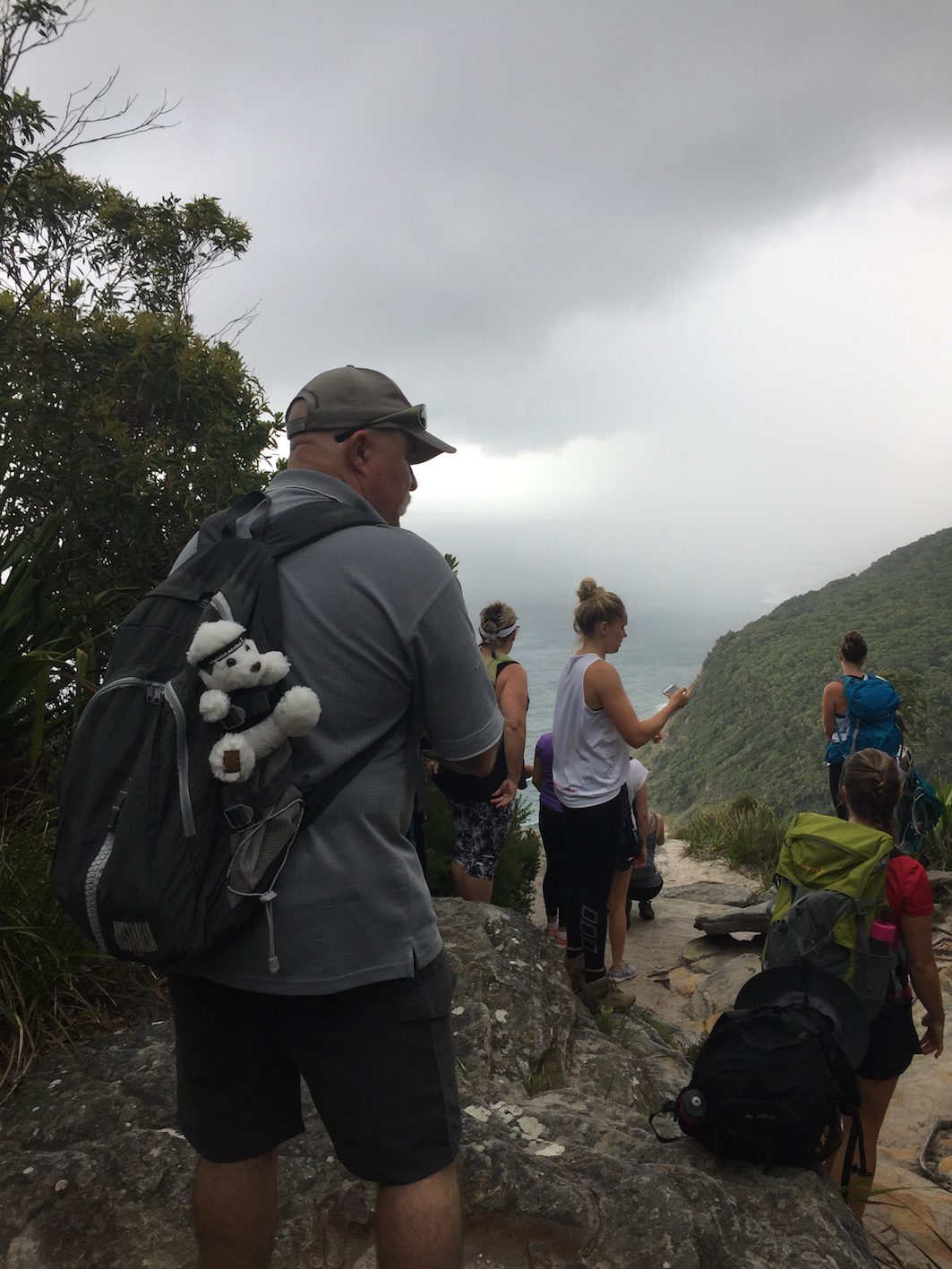
Otford to Figure
of Eight Pools
Happy New Year Inspired Adventurers!
We’d like to welcome you back from the festive season. We hope you had a great time off over the holidays and that you’re ready to kick-start 2017 with some exciting training treks in the months to come!
In January last year, we paid a visit to the Royal National Park for the Burning Palms trek. As beautiful as it was, it just wasn’t challenging enough… So, this January we added a few kilometres and included Otford to Figure Eight Pools. One of our previous adventurers who recently signed up for his second adventure, has done several of our training treks and said; “the weather made it my best one day walk in Sydney in many months”. Now that’s what we want to hear!
We were a big team of Inspired staff who met with a team of 15 trekkers at Otford Station. There were several familiar faces from previous training treks, which was great to see. After a quick briefing and name introduction, we crossed the train tracks and headed up the very steep hill. This was a good way to warm up and the first indicator of the group’s fitness levels. The walk continued along the main road then entered a grassy area that offered some stunning views of the coastline. It was then into the much denser forest where the trail joined the Burning Palms walk. As we made our way through the bush, it started pouring down rain and our group split up into three.
After an hour of walking in the rain, the dense forest opened up to a large clearing, and a path had been built so as not to walk through the tall grass. It felt like we were on the Jurassic Park Island!
Two hours of trekking and we finally reached Burning Palms Beach where we found cover from the rain to have lunch. It was a brief stop because we were all so drenched and standing still too long made us all freeze.
Fuelled up with energy, we continued our trek. From here, the trail winds up hill for about 30 minutes before reaching the car park. There are a few steps and slippery rocks, but there is only one path so you can’t get lost.
From the car park, the path turns left and follows the wide fire trail back to Otford Station. This is an opportunity to increase your pace and work on your cardio—if you want to of course! Otherwise just take in the scenery, breathe in the fresh air and enjoy your time away from the big city.
Before heading back to the station, we gathered at the local café for a coffee while waiting for everyone else to arrive. We debriefed and everyone really enjoyed the length and terrain of the trek. Many also said they would come back on a sunnier day to experience the spectacular views.
Thanks to everyone who joined — until next time!
Before you go on this trek on your own, please read the below…
– The trek is around 13.4km, and will take around 4-5 hours
– If you are catching the train to Otford, make sure you look at departure times beforehand so you arrive on time, as they don’t depart very often.
– If it is raining on the day, the first half of the trek can become very slippery and flooded in sections
– Bring plenty of water, as there is nowhere to refill your bottle
– If you want to visit the Figure Eight Pools, check the tide before you go
– Bring swimmers and go for a swim at the beach halfway
2016


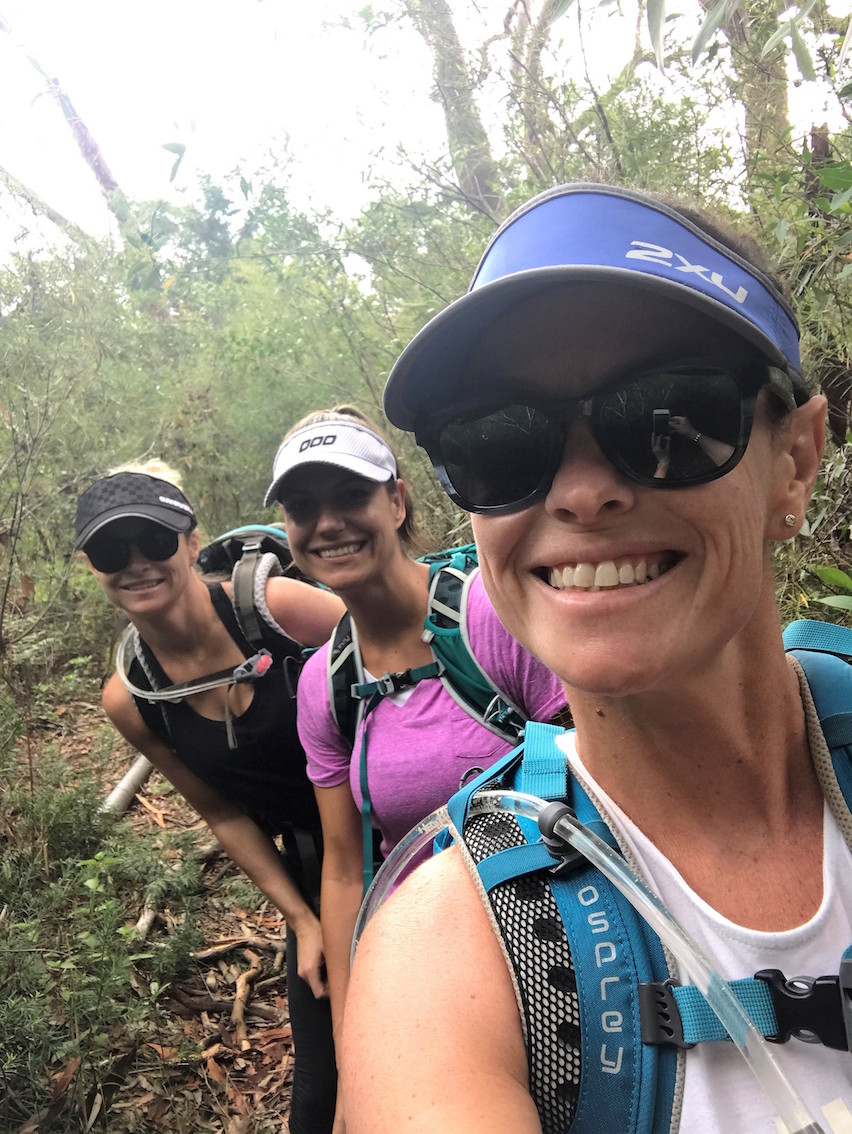

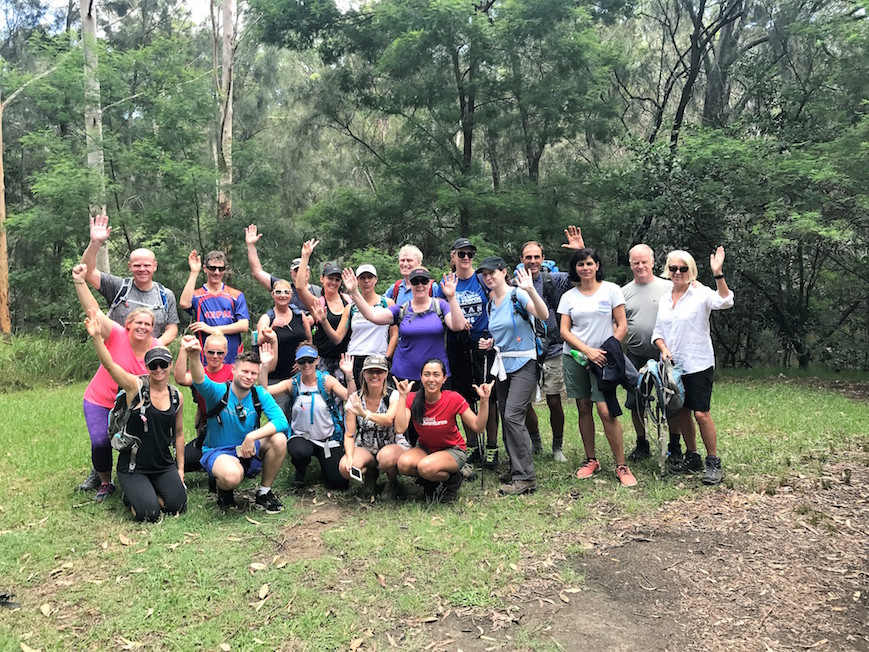
Gordon to Roseville station
February came around so quickly, and so did our Inspired training trek for the month. Despite the weather forecast warning for rain and thunderstorms it turned out to be a beautiful and sunny day—ideal for a bit of bush walking!
The plan for the day was to do the riverside walk from Gordon to Roseville, but it turned out to be quite challenging to find the actual path. We started walking from Gordon station, crossing Pacific Highway and towards Lane Cove National Park. We left the neighbourhood and made our way into the forest, but 10 minutes later we were back on the street and in another neighbourhood!
We were all confused as to where the actual path was so an Inspired staff member asked a local who kindly showed us the way. It certainly was not what we expected but we followed a pipeline all the way until the path coincided with the Great North Walk. Once we were on the Great North Walk, it was easy to follow the arrows that took us along the river to a lovely little picnic area where we stopped for a late lunch. As we ate our lunch, we were greeted by wild turkeys, goannas and other wild creatures all wanting a nibble of our delicious food.
After our rest, we had two options; follow the map that led us wrong in the past, or follow the main road up towards Roseville station. We decided on option number two as we did not want to risk getting lost again, and there were a few blistered feet and tired trekkers in the group. It only took us roughly 1 hour to get back to the station, but it was all on an incline so we definitely worked up a sweat!
Overall, despite our initial wrong turn, it was a successful trek. The team was in high spirits and enjoyed getting to know each other. It took us around 4.5 hours to complete this trail, which led us through dense forest and followed the river on a beautiful path where locals take their morning stroll. The Lane Cove National Park picnic area is the perfect spot to stop for lunch and then you’ll only have a short but steep walk up to the station.
Thank you to everyone who joined the trek, and good luck to Peter and Susan who have been coming to many of our Inspired training treks in the past year. They are now ready to head off to Nepal in early March!
Ps. A special thanks to Sam and Nat for sending through your photos.
2016



Taronga to Balmoral
March’s training trek had a great turnout of 14 Inspired Adventurers keen to enjoy the outdoors and chat with fellow trekkers in the area. Though the day started out a bit rainy and overcast, we ended up with lovely walking weather and missed the rain once again. This month’s walk started at the Taronga Ferry Wharf and brought us along the waterway to Balmoral Beach.
The trek starts out on the road in front of the south entrance of the zoo and quickly turns into a dirt path on the right side of the road. The path winds along the harbour waterways with some stunning views looking back towards the city. Our walk started out fairly flat as we meandered around Bradley’s head, with a few sets of stairs going downhill as we made our way towards Chowder Bay. There’s a lovely park here where we had a quick stretch and water break before making our way back up the hill through the Sydney Harbour National Park.
We then made our way up and around the hill where we then crossed the road and made our way down the many stairs to Balmoral Beach. At the beach we enjoyed a lovely rest for lunch by the water before making our return journey back. Heading back up all of those stairs that had led us to the beach proved challenging, but everyone smashed through them together.
As it had been raining recently we did have a fair bit of puddles and mud, so be sure to wear your trekking boots for this one to tackle the uneven surfaces. Luckily we were rain-free for most of the day until the last 20 minutes or so where we caught a light rain.
As always, it was great to get the Sydney trekkers together to chat and enjoy one another’s company while each of us trained for our upcoming challenges!
2016
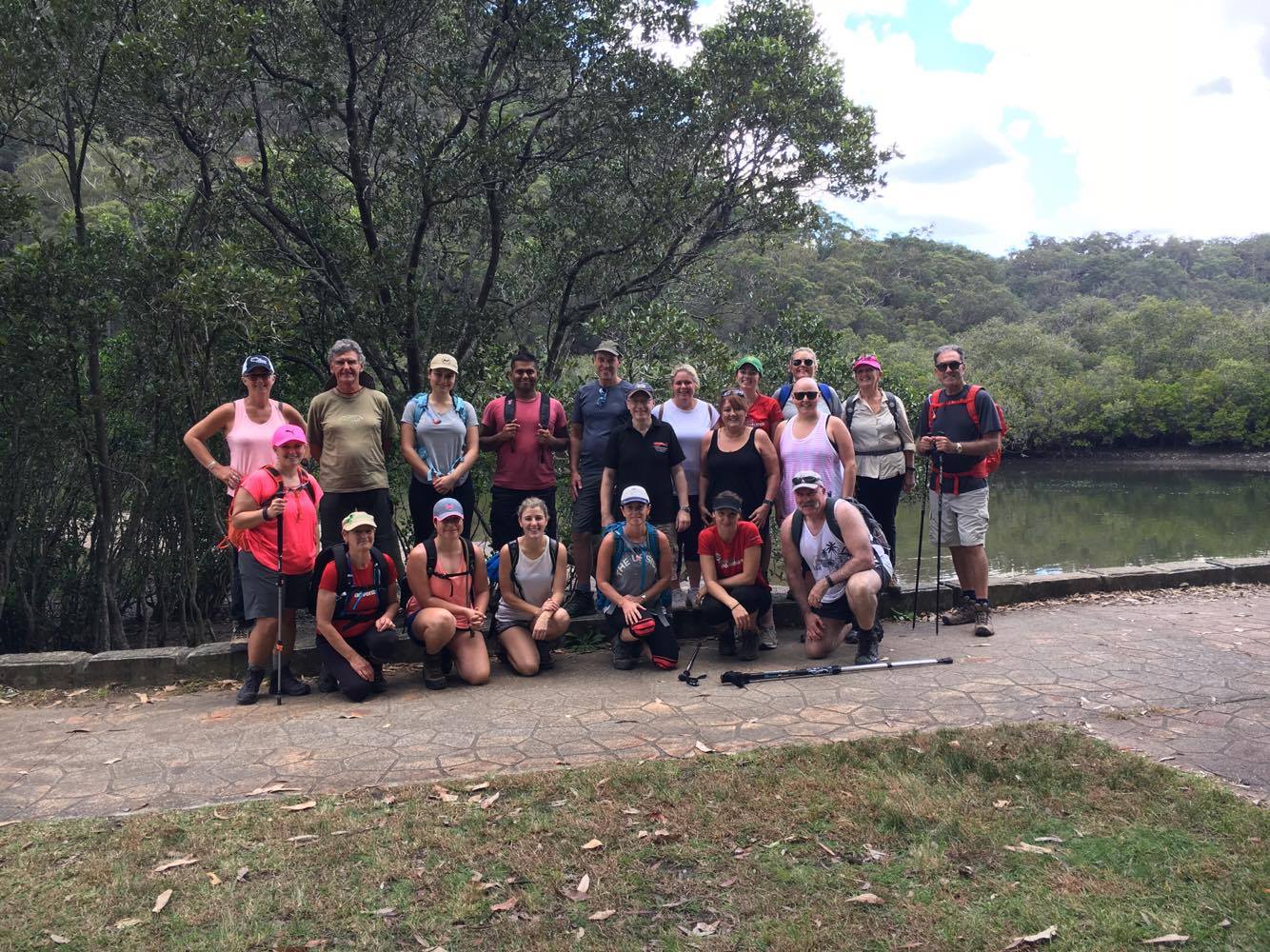

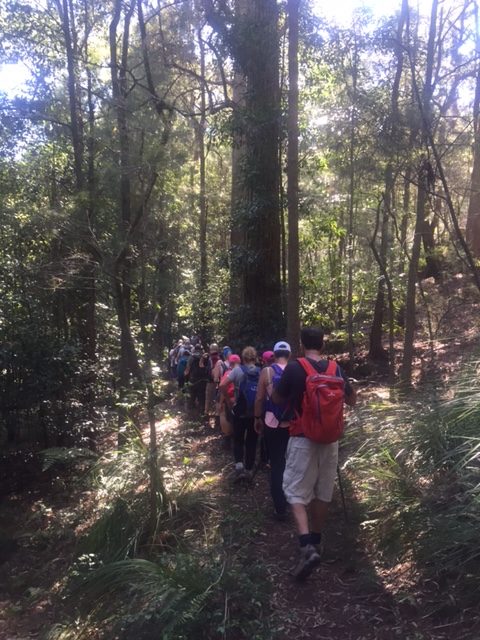
Wahroonga to Mt Kuring-gai
It was a great turnout for April’s training trek with 18 participants from different adventures coming along. Lot’s of familiar faces joined the trek as well as a few new ones. After introductions we were off on our 14.7km hike through the stunning
Kuring-gai National Park.
The first 40 minutes of the trek was spent walking through the streets of Wahroonga, past the beautiful houses and perfectly kept lawns. Eventually we arrived at the start of the bush trail. Initially the trail was tree lined and flat with a clear and wide path. As we walked further into the bush we started our descent down towards the creek. Some careful manoeuvres were needed as we negotiated the steep steps down. Once at the bottom we were met by a gentle running stream.
After double checking we were on the right route we crossed over the creek and made our way up the bank on the other side.
The next 7km meandered along the creek side, the terrain was rocky underfoot and required careful footwork. The group were not disappointed with the stunning woodland views that surrounded us as we worked our way through the dense forest. A gentle upward climb onto a higher path set us on our way to Bobbin Head. We emerged from the bush onto a boardwalk that straddled the mangroves. Lunch was spent beside the water at Bobbin head. A welcome rest after the long first section of the trek.
After lunch we continued on towards Kuringai station. Although this section was shorter in distance, it was more challenging with a steep climb for 2.5km. The wooden and stone steps formed the path towards the top of the mountain. The team did a great job pushing through the tough section of the trail and supported each other to reach the top. After what seemed like an eternity we were on the home stretch towards the station!
Everyone did an excellent job completing the challenge and went home feeling accomplished and one step closer to their own adventures.
2016





Bundeena to Little Marley Beach
This month marked the fifth month in a row that the Inspired Training Trek has gone ahead, talk about being lucky with the weather! Hope we don’t jinx it now…
The trek we did this May was Bundeena to Little Marley Beach. Earlier in the week we had been warned about the terrible weather we were going to have over the weekend, and how it was meant to rain more in 3 days than it normally would for all of May. Absolutely crazy! This caused some participants to cancel from the trek as they would be travelling quite far to get there. However, the weather forecast was proven completely wrong the entire weekend and the sun was shining and the sky was blue. Perfect for a good hike in the Royal National Park.
A small team of 8 met at the car park near Bundeena Ferry wharf. Like always, the team gathered in a circle and introduced themselves, the adventure they are going on and the cause they’re supporting. Nat, who’s been part of our training community for quite some time is just about to head of to Kilimanjaro after having fundraised $16,000 for School for Life Foundation! And a few of the trekkers are heading of to trek the Larapinta trail later in the year. Both incredible adventures.
After the brief introductions, we took off and went up the hill from the car park. We followed the map and signs directing us to the Royal National Park coastal walk. It’s pretty well signed but it’s a good idea to print a map from wildwalks.com.au to be safe.
Entering the park, the terrain went from asphalt to a sandy path with pebbles. After a few hundred metres we turned left and walked towards the ocean. The bushes height became lower and soon everything opened up and you could see the city skyline far far away. The ocean was crystal blue and the sun was hot, but a cold breeze kept us cool for the walk.
The walk follows the coast all the way to Marley Beach. You walk on a walkway for most of the time, and you’ll walk past beautiful rock formations, including the famous Wedding Cake Rock. This area has been fenced off for safety reasons.
If you’re lucky, you might spot some wildlife. On the way we saw a cute echidna hiding from us. We didn’t get a photo of it’s face unfortunately…
Walking across Marley beach in the sand was probably the toughest part, despite not being a long distance. Imagine running in the sand – what a challenge! After a couple of hours of walking we arrived at Little Marley Beach and found a spot in the shade and sat down for a nice lunch. We all relaxed and took in the walk we’d just done and the conversations we’d just had with our fellow walkers. A few of us were tempted to go for a swim but settled with just feeling the temperature with our hands and it was quite pleasant for almost being the winter season.
On the return walk we picked up the pace to get our legs working. We stopped briefly to take a group photo with the stunning background. Of course Garry had his famous mascot with him, Ted, who had the honour of being in the centre of the photo today.
Back at the car park, we all said our good byes and wished Nat well for her adventure. It had been a beautiful day, a great group of people and a fantastic walk. It’s not an extremely challenging walk as there are very few ups and downs, but the 14 kms distance makes it a decent training trek anyway.
Thanks to all of you who came along today. Always great to see some familiar faces as well as first-timers. See you next month!
2016
- January Burning Palms Loop
- March Jerusalem Bay Track
- April Uloola Track
- May Wentworth Falls Blue Mountains
- July Spit to Manly
- October Berowra to Cowan
- November Henry Head Circuit
- December Bondi to Coogee
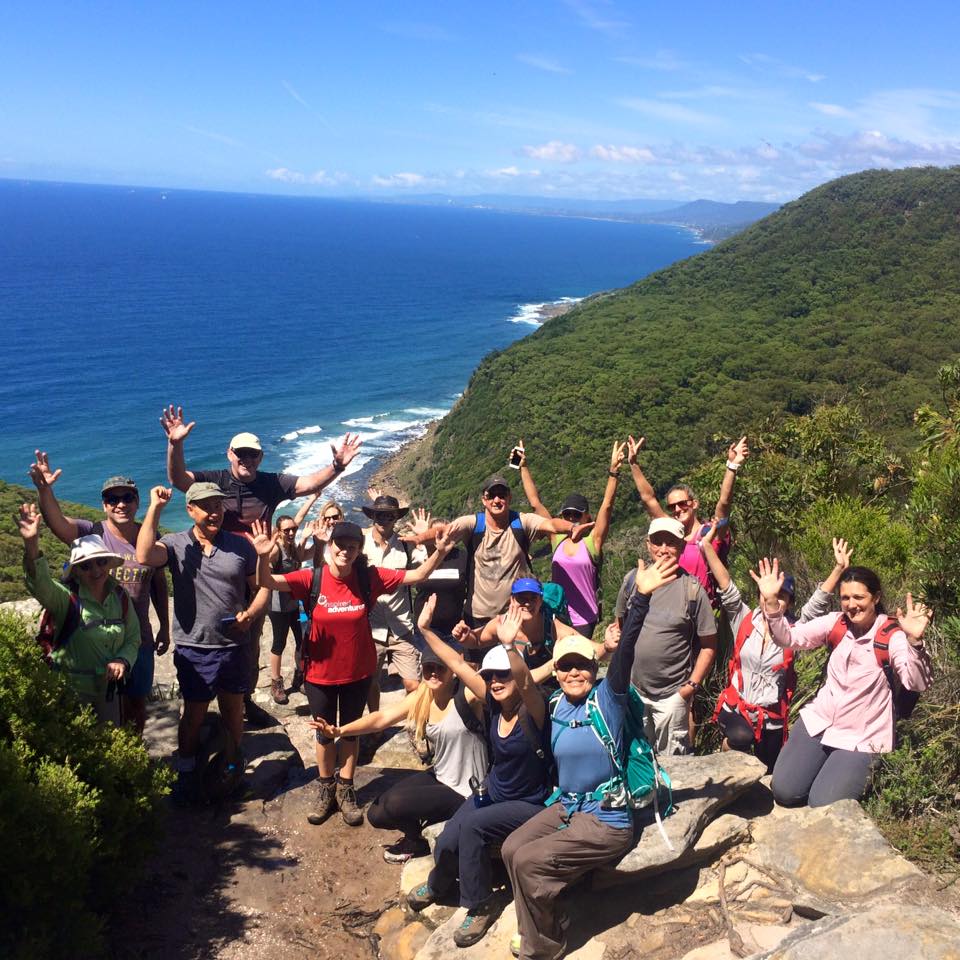
Burning Palms
And we are off! The first training trek of the year has arrived: Burning Palms in the Royal National Park. It was a hot summer’s day and an incredible 25 people turned up to train for the various adventures they have coming up. We met at the car park where everyone was introduced to each other. There was a whole range of different people and it was such a fantastic atmosphere as everyone was super excited about their upcoming adventures. We began our trek and people started chatting and sharing their stories about reasons for taking on their respective challenges. Our trail took us into this jungle-like terrain, walking through mud with our brand new trekking boots and manoeuvring under hanging tree branches. It was an easy walk going down hill for the first hour. Every now and then the jungle-look-alike forest opened up to a cliff face which provided us with the most amazing seaview. Think Jurassic Park meets the movie Beach with Leonardo Di Caprio!
After about 1.5 hours we could see the famous Figure 8 Pools on our right. Definitely worth a visit if you have the time and it’s low tide – you do not want to be rescued by a helicopter because you didn’t look up the tides!
After two hours of trekking mostly down hill in the sun, we arrived at Burning Palms Beach where we tried to find a shady spot for lunch!
Thirty minutes later and we took off again. This half of the trek was definitely more challenging as it was straight uphill for 45 minutes. Woha! Stairs, hills and heat made us stop many times to rehydrate and pause to look at the amazing view that was now behind us. We walked past many others going the opposite way to go to the beach and Figure 8 Pools – they were wearing thongs! The challenge of going back up in thongs…? Can’t even imagine. Thank god we were all wearing our trekking boats. Go team!
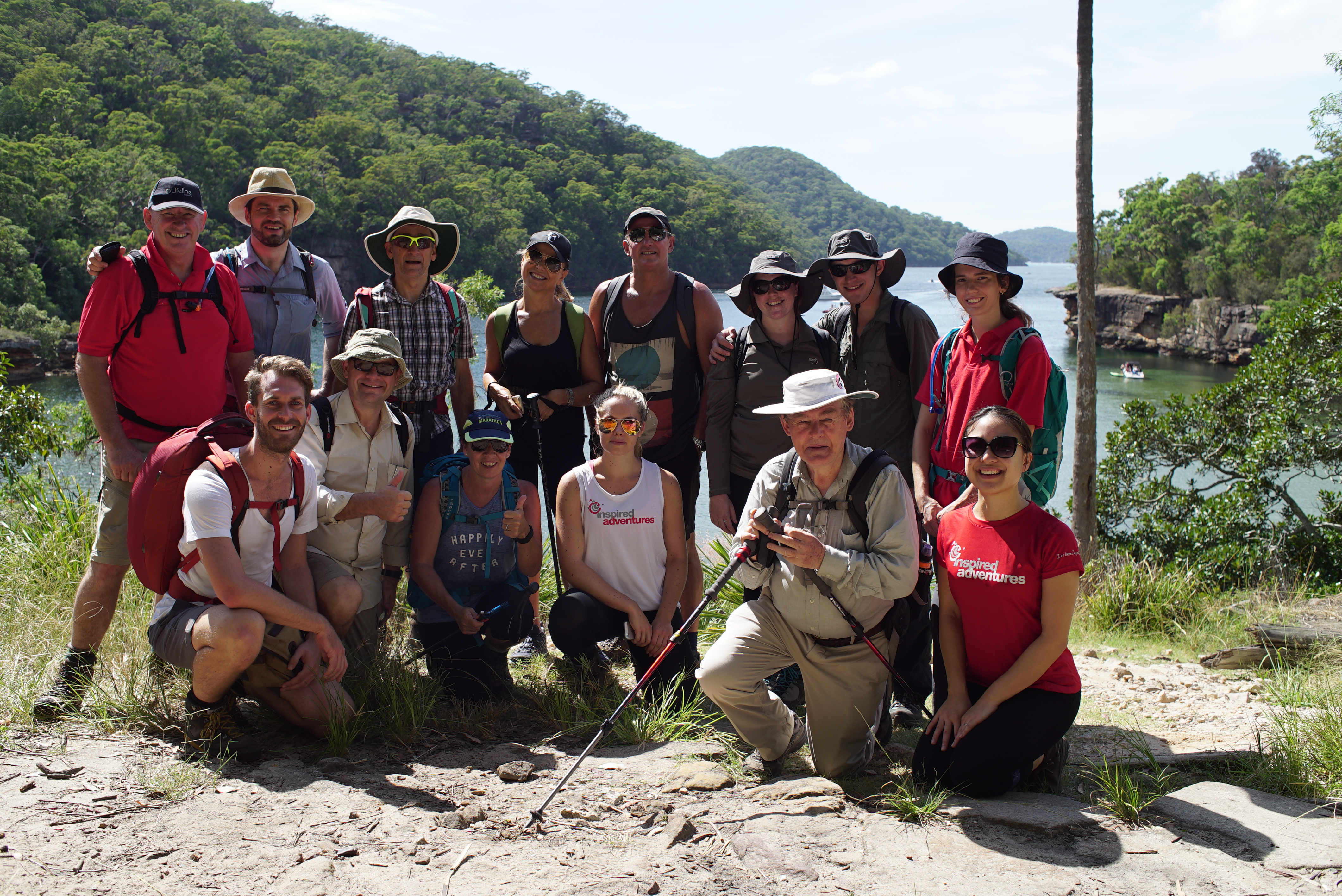
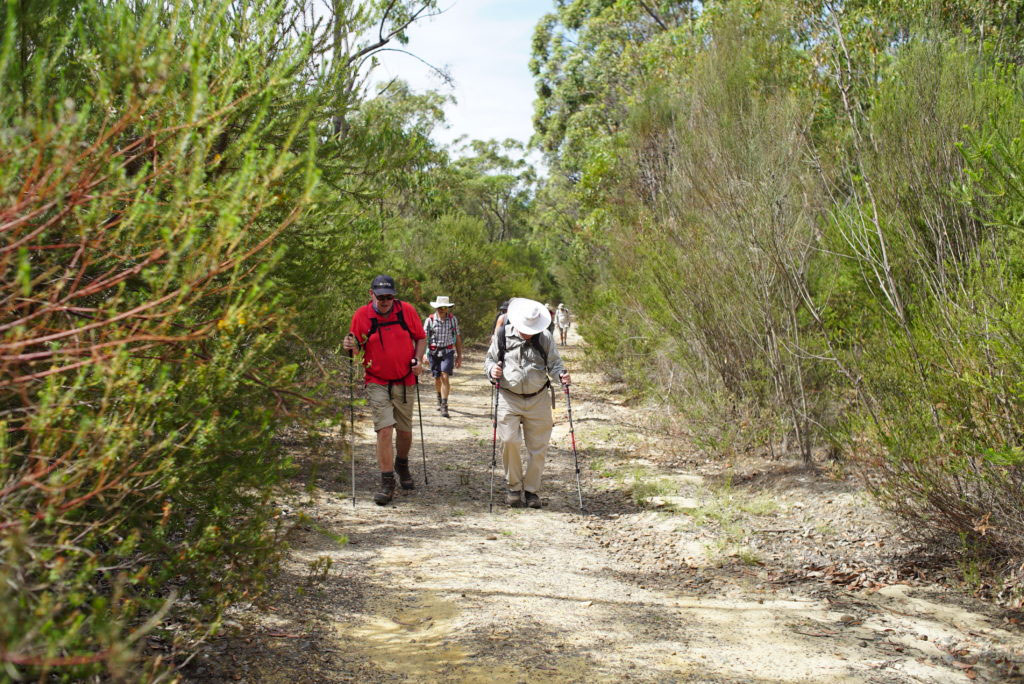

Jerusalem Bay Track
Due to the February training trek being cancelled because of bad weather, we were crossing our fingers and toes that our March trek would go ahead – and it did! It was such a gorgeous and hot day and perfect to go explore new treks in NSW. As this was a one-way track, most people met on the train which gave us some time to get to know each other beforehand. Something to take notice of if you’re doing the trek by yourself – make sure you’re in one of the last four train carriages. It’s a short platform and they won’t let you off the train! Something that unfortunately happened to one of our trekkers. Not to worry though, he jumped off at the next train stop and ran the opposite direction to meet us. What a trooper!
After a brief talk about the important stuff, we took off on the Jerusalem Bay Track. No one in the group had done this trek so it was a particularly exciting day.
The first few kilometres of the trek went downhill. Every bit of shade we got we paused – it was s so hot! We then had a decent stroll on a flatter part of the trek where we could immerse ourselves in the atmosphere. We even saw a little wallaby jumping in the forest. It was so peaceful. Shortly after, the path opened up to this beautiful lake where people were swimming and take their boats for a ride. This was a dreamspot so we had to stop and take some team photos, as you can see on your right.
Little did we know, the nice, peaceful walk had come to an end and it was time for some hard work! The trek continued uphill for over a kilometre. We were almost climbing on the rocky route, kindly helping each other up on the more difficult sections. It was a tough workout, and everyone worked up a sweat but did not give up. In this heat, plenty of water breaks was the key!
Once we got to the top, there was a sign: 5kms to go! Now, this was 5kms of flat path, but it was under immediate sun and no shade. It was HARD. But the team powered through as there was so much to talk about, the trek was over before we knew it. The last hill before exciting the trek and arriving at Brooklyn Station, went straight down. Out trekking poles certainly came to use on this part of the trek as it took some load of the knees.
Sweaty, tired and proud – we arrived at our destination after 5.5 hours of trekking, right on schedule!
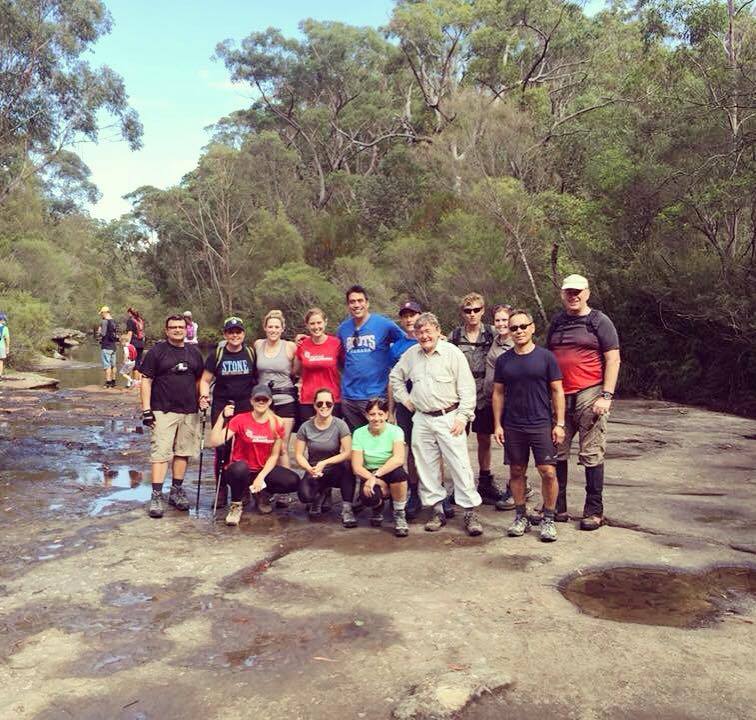
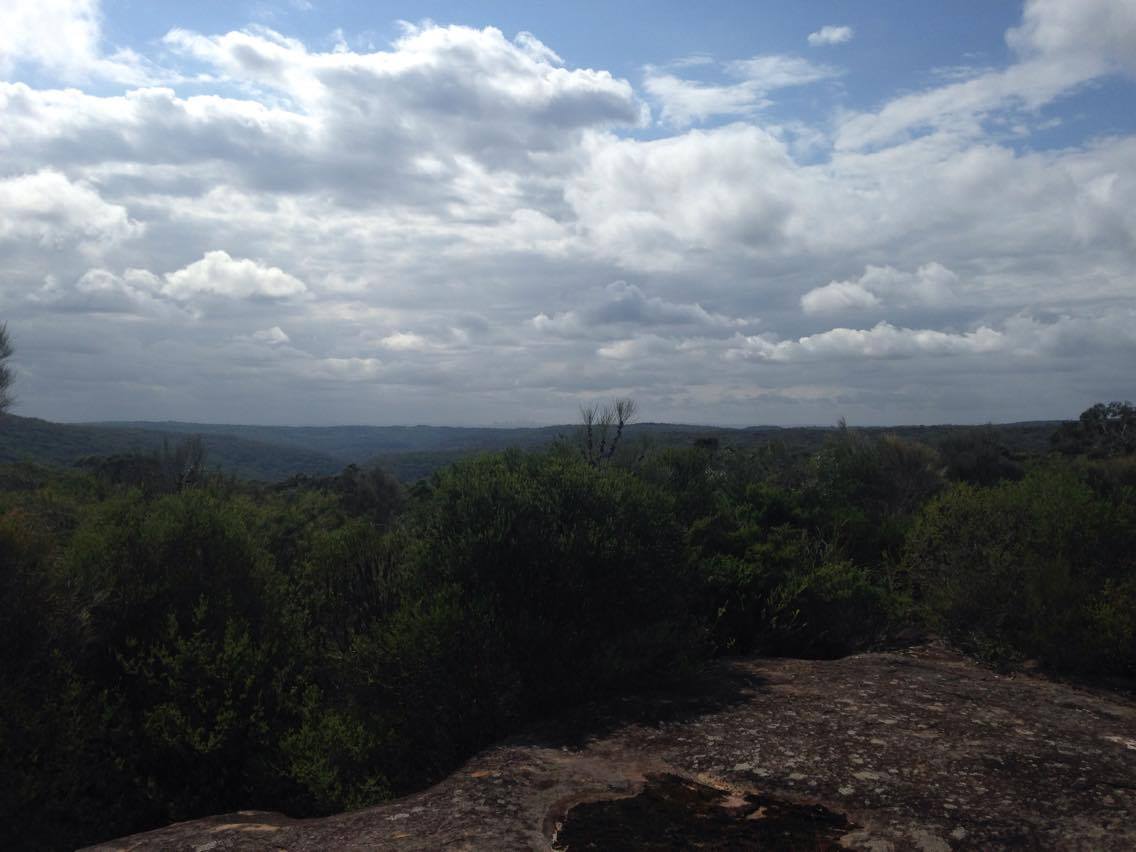
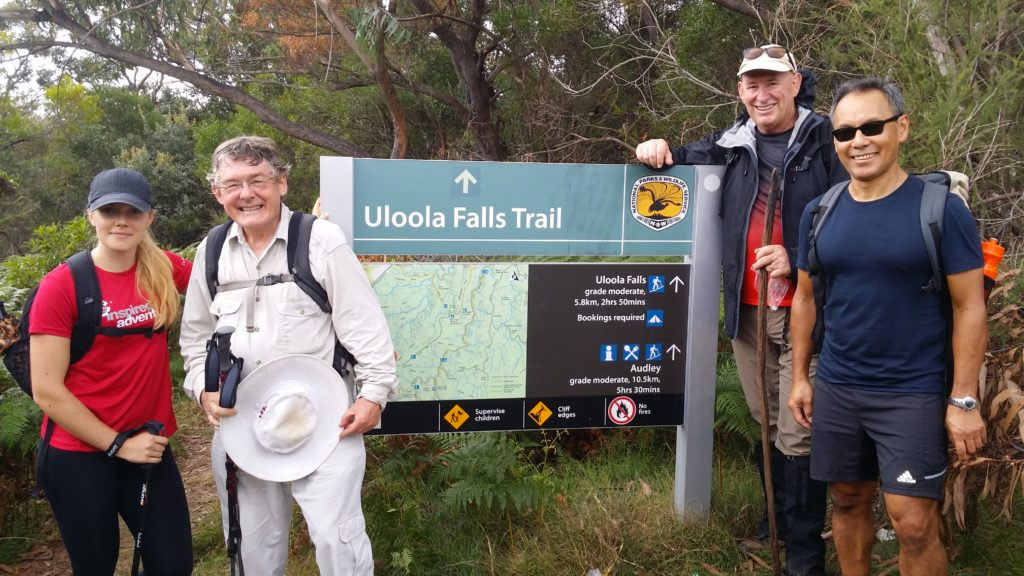
Uloola Track
With a chance of showers and thunderstorms, we took a risk by heading to today’s training trek down south. But boy was it worth it! It was another beautiful day for a trek and around ten participants turned up for this social activity. The trek started right from Heathcote train station and it felt like we were walking through people’s backyards at the very beginning. I’d feel so fortunate if I had a national park or bush just outside my door. Oh well, we’re not all that lucky so it’s good to take advantage of these training treks we organise.
The trek went steadily downhill at first. That seem to be the case for most treks. You have a pleasant walk the first hour, chatting to the group and getting to know each other. All of a sudden, you have this rocky road going up and it suddenly becomes a real challenge and you work up a proper sweat. However, this is what it’s all about and this is what you will experience on your own adventures. Best to be prepared!
After an hour or so we came to this beautiful area with rock pools, as seen in the photo on your right. We even saw a couple taking a swim in these pools, brrrrrr! It was a great spot for a water break and some team photos. We asked a young boy to take a group photo with all the cameras we had … poor kid.
The trek then gradually continued up towards a lookout with great views of the surrounding valleys and the city skyline. We took a moment to soak everything in before heading off again. Now, there were yellow arrows on the ground to mark this trek – do you think we managed to follow these? The answer is no of course. We managed to take a small side track instead. We ended up on the correct path again after 10 minutes but *hint hint* do try to follow the arrows just to be sure of where you are going. The path then lead on to Uloola Waterfall where we had a quick lunch. The clouds were turning darker so we were scared we would get caught in a big storm so we didn’t want to break for too long.
The final part of the trek was the fire trail. It was relatively flat but quite long and not covered by trees so it’s important to bring sunscreen or a rain jacket depending on the weather. 100 metres away from reaching our destination at Waterfall Station, it started pouring down with rain. It gave us a kick in the butt to sprint to the station. What a great way to finish this trek!
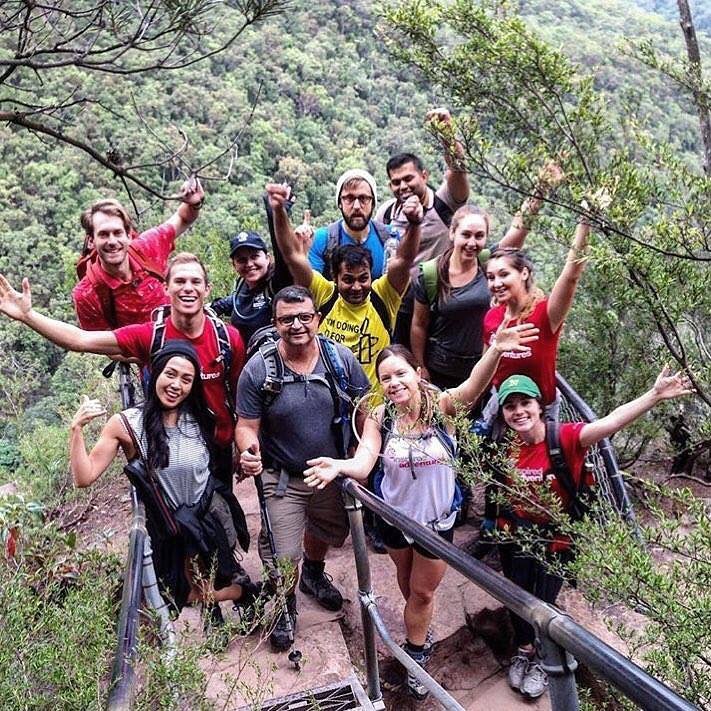
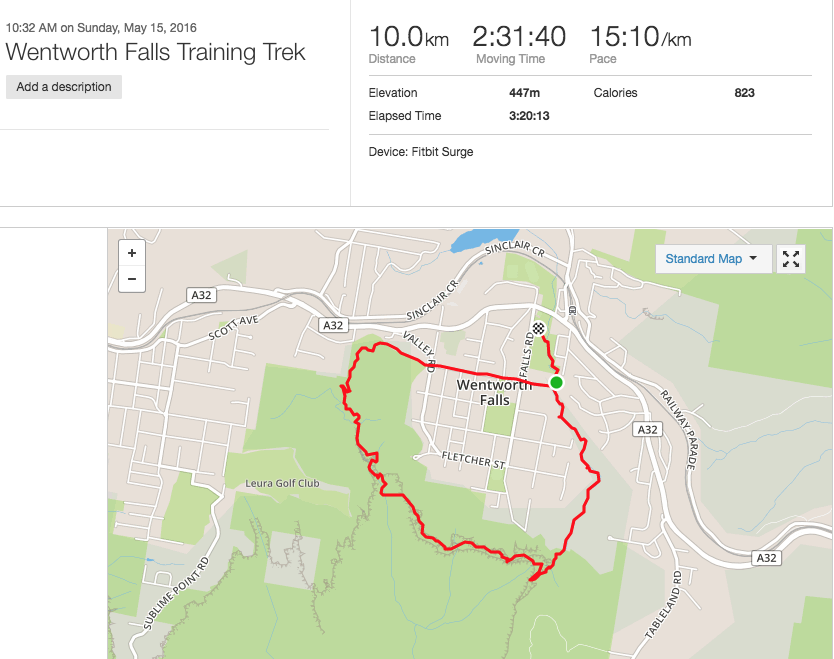
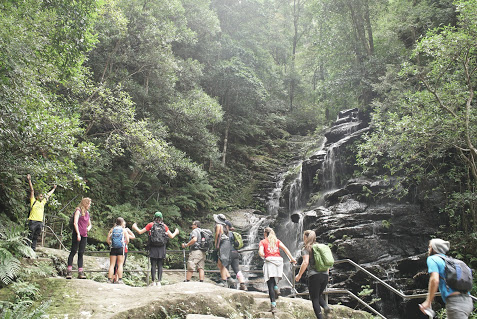
Wentworth Falls Blue Mountains
Early on Sunday morning, we all gathered at Wentworth train station to embark on our training trek through some of the most beautiful parts of the Blue mountains. We all greeted one another to find out why we were all there. A fantastic turnout for the trek means there was a real buzz in the air and anticipation for the walk ahead.
We set off on the track through the trees and bush. We followed a dusty path for a while but it wasn’t long until we come across the first waterfall of the day. Everyone took a moment to appreciate the beauty of the fall so we decided to grab a team snap in front of this natural wonder.
We continued along the track, chatting to one another as we went. Cameras were posed for any opportunity to capture the stunning landscape we were fortunate to find ourselves amongst. All of a sudden the bush lined path opened up to reveal the true blue mountains as it stretched as far as the eye can see. We then turned to see a huge waterfall plummeting into the ground. The reality of where we were set in and there were certainly a few jitters within the group as we see how far down we need to go. The team carefully descended down the stone stairs, taking care at each step as they seemed to get steeper and steeper.
The sights and scenery remained jaw dropping throughout the walk. We passed across the foot of the giant waterfall and again stopped to appreciate the awesomeness of what was in front of us.
After an hour or so we stopped off at a little nook beside the path to grab a bite to eat. Everyone was in high spirits and still appeared to have plenty of energy which was needed to get ourselves back up to the top of the mountain!
We worked our way up more steps, making good time and still coming across new and exciting sights. Finally we reached the top and all gazed across the mountain range again, proud and pleased that the hardest part was over. We started to make our way back along the track until we came to the arch we passed under at the beginning of the trek. One last chance for a group photo together, a real sense passed through the group that we had all made new friends.
Happy days! We all made it in a speedy 2.5hours, we bid each other farewell and headed home feeling a great sense of achievement and hopefully one step closer to our respective challenges. .
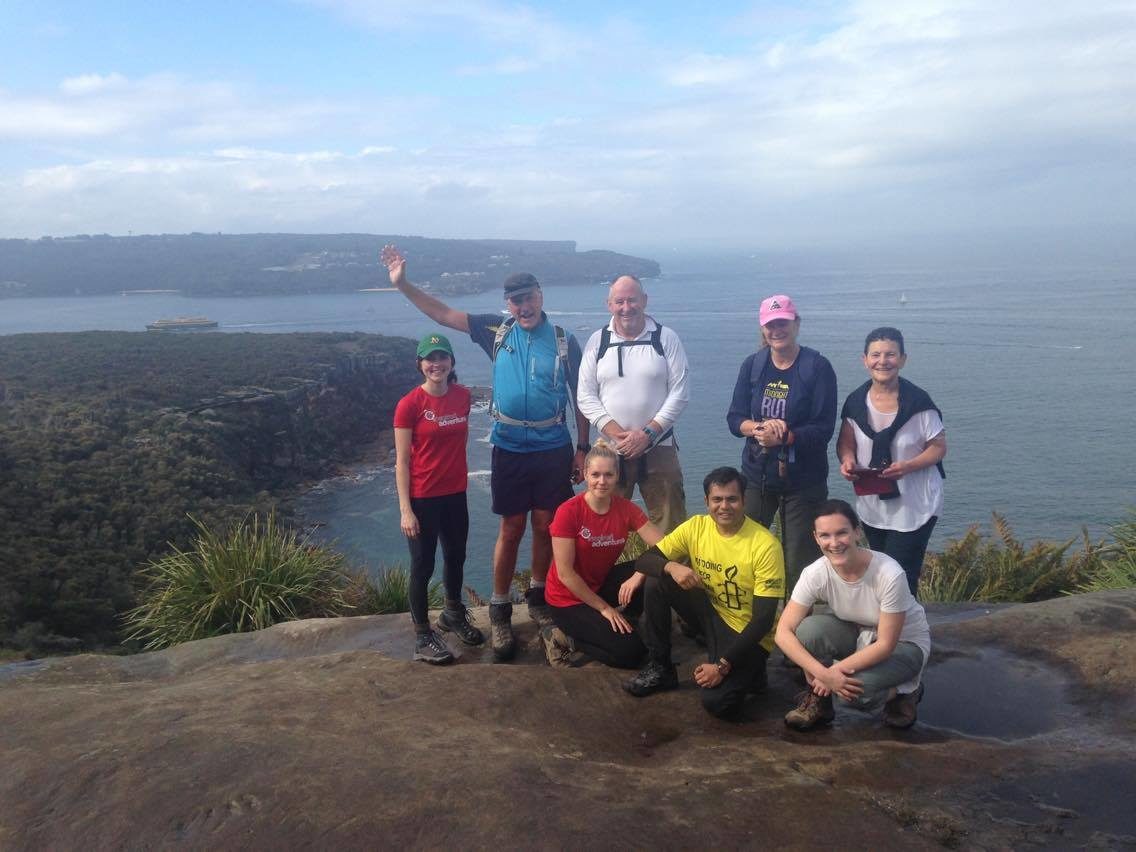

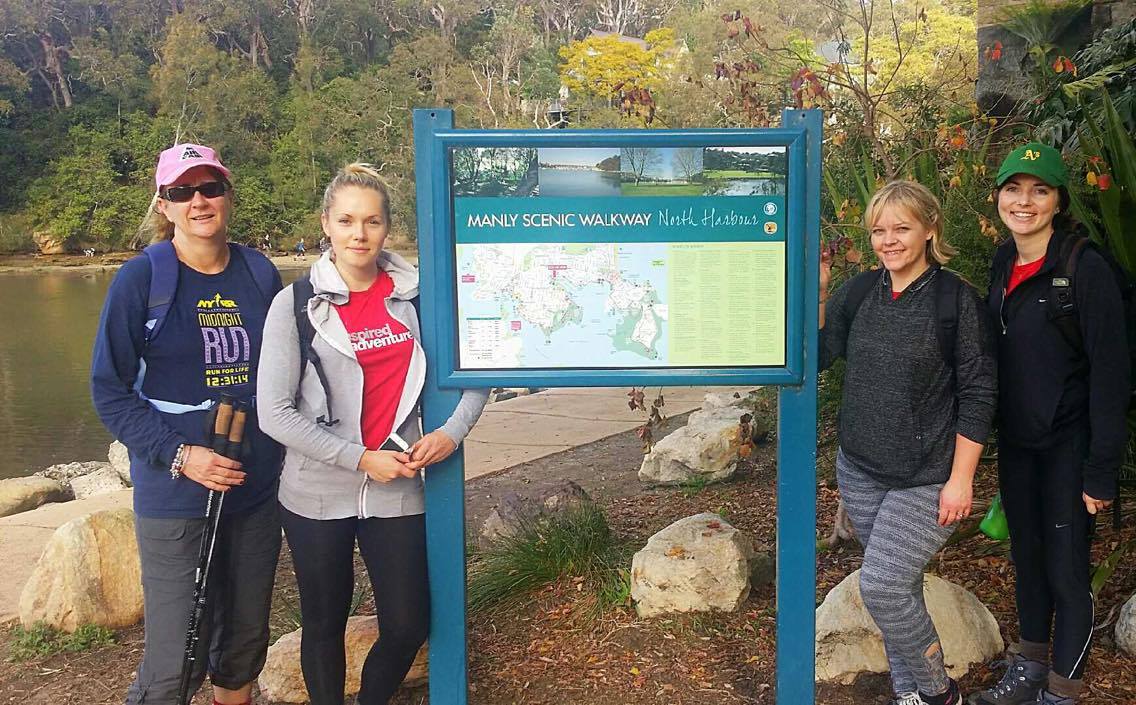
Spit to Manly return
It is the middle of the winter but oh what a perfect day for a hike it was. There was a bit of drizzle as we left the city to get to Spit bridge to begin our trek, but with June’s training trek being cancelled, we did not want this one to be cancelled as well.
We met with the excited trekkers on the Manly side of Spit bridge to begin the walk. As we started walking, we got to know each other a bit better, finding out what adventures everyone is doing and how they are fundraising for their chosen charity. We had some Larapinta trekkers, and some doing Everest Base Camp, Kilimanjaro and Nepal. A fantastic mix in other words!
The Spit to Manly walk offered some beautiful views over the water and Sydney’s skyline. As we got closer to Manly, the sun started to shine and it became quite hot but with a nice breeze. The route itself is well maintained so it’s quite an easy terrain, not too many ascents and descents, and clear signage all the way. You can’t get lost and you will come across plenty of other people using this hike for their exercise regimes. We walked on beaches, up and down small stairs, and between houses. These multi million dollar houses just added to the stunning views and the architecture on some of them was just beautiful.
About half way to Manly, we stood at the edge of a cliff and captured this stunning photo of the view and the team. What a day!
It took us about 2 hours and 30 minutes to get to Manly from Spit. When we got there, it was time for a well deserved lunch. Some had brought a packed lunch and sat on the promenade together, others went into the Corso for a quick lunch and a pick-me-up coffee before returning to the group. With the convenience of the ferry, some decided that one way of 9kms was enough which is perfectly fine. A small team made it to the end, thereby completing 18kms in 5 hours. Even if the terrain wasn’t too hard, the distance and the time it took made your feet sore and legs tired. We were a happy bunch when we finally got back to Spit bridge.
This hike is perfect, especially if you’re doing the El Camino or Larapinta with us. So, will we see you in August for the next Inspired Training Trek?
Until next time!
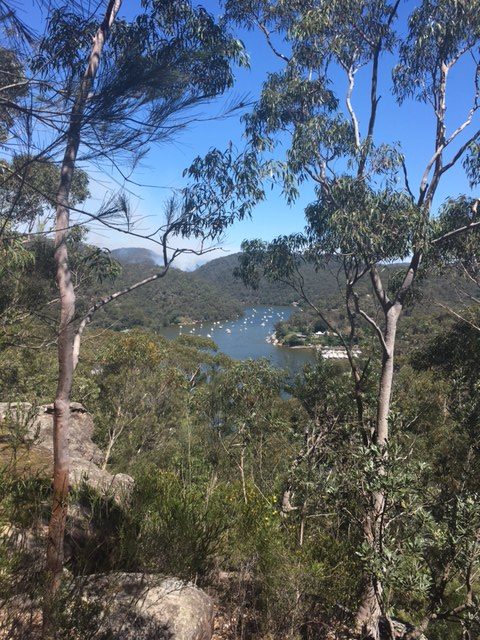
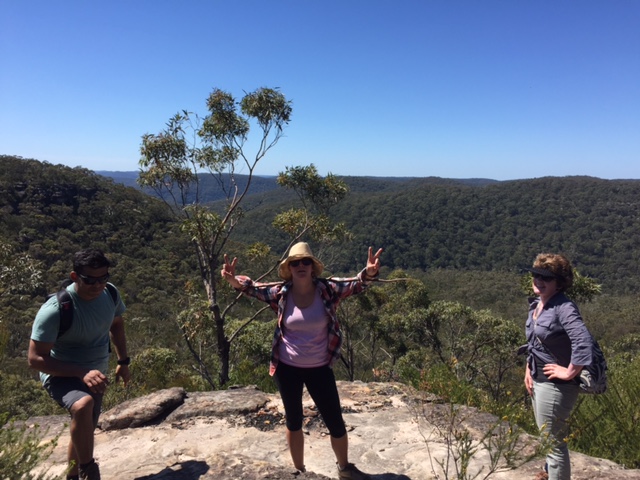
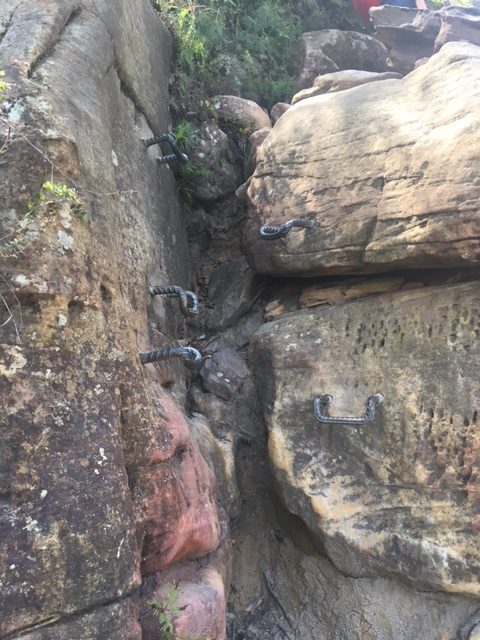
Berowra to Cowan via Berowra Waters
Happy Sunday! What a gorgeous day it was for a hike in the bush. On today’s agenda was a one-way trek from Berowra to Cowan via Berowra Waters.
We had around 15 participants registered for the trek but for various reasons it went down to 7. For those who didn’t make it today, you must do it on your own and let me tell you why.
The trek started off at Berowra Station. Getting from the station to where the trail begins is always the hardest part… Luckily there were a few helpful locals around and all we needed to do was to follow the Great North Walk sign (easier said then done).
The first four kilometres were relatively easy with a few short hills but nothing too strenuous. We stopped for lunch at Berowra Waters where we had some stunning views of the beautiful houses and luxurious yachts. It was difficult to find a good lunch spot so close to the water but we managed to find a few rocks to sit on along the path.
Beginning the second section of the trek, we thought “is this it?! This wasn’t very hard!”. We were wrong…The tough section started straight after lunch where it just went up, up, and up. Calves were burning, gluteus were working and sweat was dripping. This section was also quite exposed to the sun which made it even hotter. It proved my point about bringing plenty of water!
The trek had some steep ascents and descents, and there was even some climbing involved as you can see on the last image. Those who had poles found them useful going down as well as supporting them going up all the stairs. This trek really tested the teams fitness, and some had an eye-opening experience that they need to do more training. This is exactly the point of these training treks; to test your fitness so you understand what you have to do on your own to prepare you for your adventure.
Thank you to everyone who joined this trek. The 13 km trek took 6 hours to complete, with a 30 minute lunch break included. We would highly recommend this trek if you are preparing for a Larapinta adventure as the terrain is fairly similar.
Are you up for the challenge?
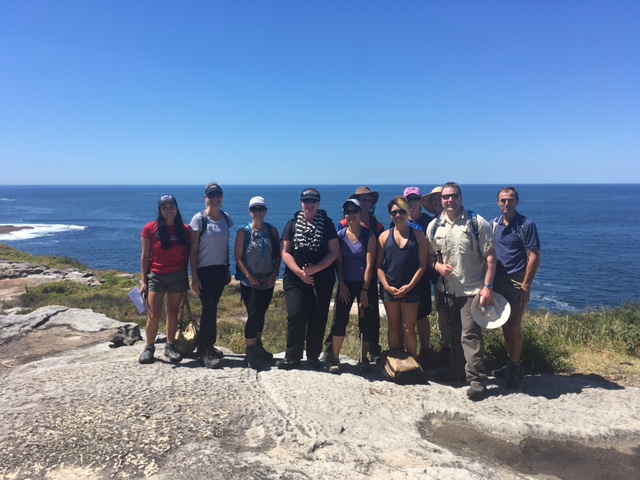
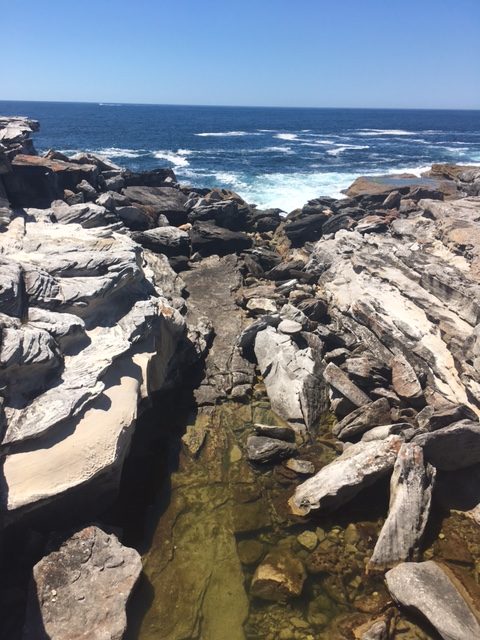
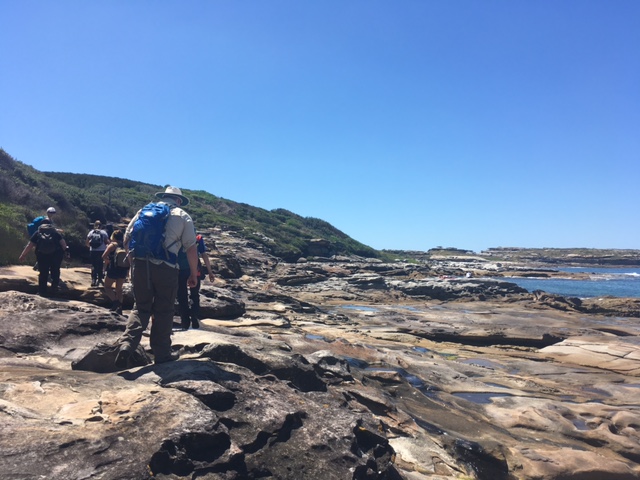
Henry Head Circuit in La Perouse
Today we completed our second last Inspired Training Trek of 2016. Can you believe how fast this year has gone?
The team of ten enthusiastic trekkers gathered at the car park in La Perouse. It was so good to see some familiar faces returning to do the Inspired Training Treks. Ahead of us was the walk called Henry Head Circuit, a short yet stunning coastal walk with historical significance.
The walk started off along the beach where we stumbled through the sand to get to the path. Some of us were wearing proper hiking boots for the first time, which is an experience in itself. We carried on and followed the path towards Henry Head. It was a great team to walk with, and everyone was happy to chat and get to know each other. Some of the team members are doing the Kokoda trek, Everest Base Camp, and Kilimanjaro in 2017 – just to name a few! We even had a past participant coming along which is always nice to see.
Whilst chatting amongst each other, we were walking along the cliff edges of the walk, passing through the main golf course, greeting people as they walked past us (or ran past us for that matter). It was a very hot Sunday so we really took our time, taking in the breathtaking views and listening to the calming waves. We learnt that the terrain for the Henry Head Circuit is varied, but still very easy and in total the circuit is 7kms. We all agreed it was a bit too short for an Inspired Training Trek, so if you are interested in this trek it’s probably best to do the loop twice, alternatively, do it as a run and go for a swim down at the beach once you’ve finished.
However, we still had a very pleasant Sunday walk and we finished around midday before the wind picked up. We found ourselves a shady lunch spot and enjoyed our packed lunches before everyone headed of to enjoy the rest of their Sunday and to prepare for the week ahead.
Thank you all for coming to Novembers training trek and we hope to see you in December again.
Ps: All the best for your Tasmania trek Erika, Donna and Chris!



Bondi to Coogee return
The last trek of 2016 and the first trek of the summer began with a very excited and eager team meeting at North Bondi ready to conquer the stunning Bondi to Coogee coastal walk. In typical Sydney summer fashion it was a beautiful day and we were all ready to get started and walk along some of Sydney’s most beautiful beaches.
We snapped a group photo at the middle of Bondi Beach (whilst we were all looking fresh) and commenced the trek. Being quite a flat start to the trek we had the opportunity to find out more about one another and what each individual’s inspiration was for joining their adventure. We had participants who are completing adventures trekking the Kokoda track, the Great Wall of China, Larapinta, as well as Everest Base Camp – a real diverse mix!
The Bondi to Coogee walk offers some amazing views of the ocean from both up high at cliff lookouts, and down low as you trek at sea level along the some of the beaches. Along the way we saw all of the famous beaches; Tamarama, Bronte, Clovelly, Coogee, Gordon’s Bay and the highlight was definitely seeing a pod of dolphins swimming past! The sun was certainly out and you could feel the heat, but being a coastal walk we were treated to a nice light breeze every step of the way so it was ideal conditions.
Being a popular tourist route the paths were very well maintained so it was quite easy terrain, with only a few sets of stairs to go up and down as we navigated our way around the beaches and bays. Despite it being summer it wasn’t too busy with a few tourists taking photos and some locals using the route for a jog (some with their dogs!) – it was a really great vibe and a perfect summer trek!
We got to Coogee in really good time and stopped to eat our packed lunches at Goldstein Reserve in front of the ocean under the shade of a pine tree taking advantage of Coogee’s large grass areas that are far less busy than bustling Bondi. Once we were all fed we headed back the same way to see the beaches from the other angle and with such an energetic and well-paced team we managed to do the return trek (13km) in about 3 hours!
Bondi to Coogee is a stunning and easily accessible trek with beautiful views and it is a favourite of the Inspired team as well. It’s a little more on the easy side but doing it in different conditions and doing the return trek can make for some good experience.
A big well done to everyone who came down and we look forward to trekking with you in the new year!
P.S Be sure to check out our other blogs of past treks for some summer inspiration of where you can go to get in some extra training.
Thank you all for a great 2016!


